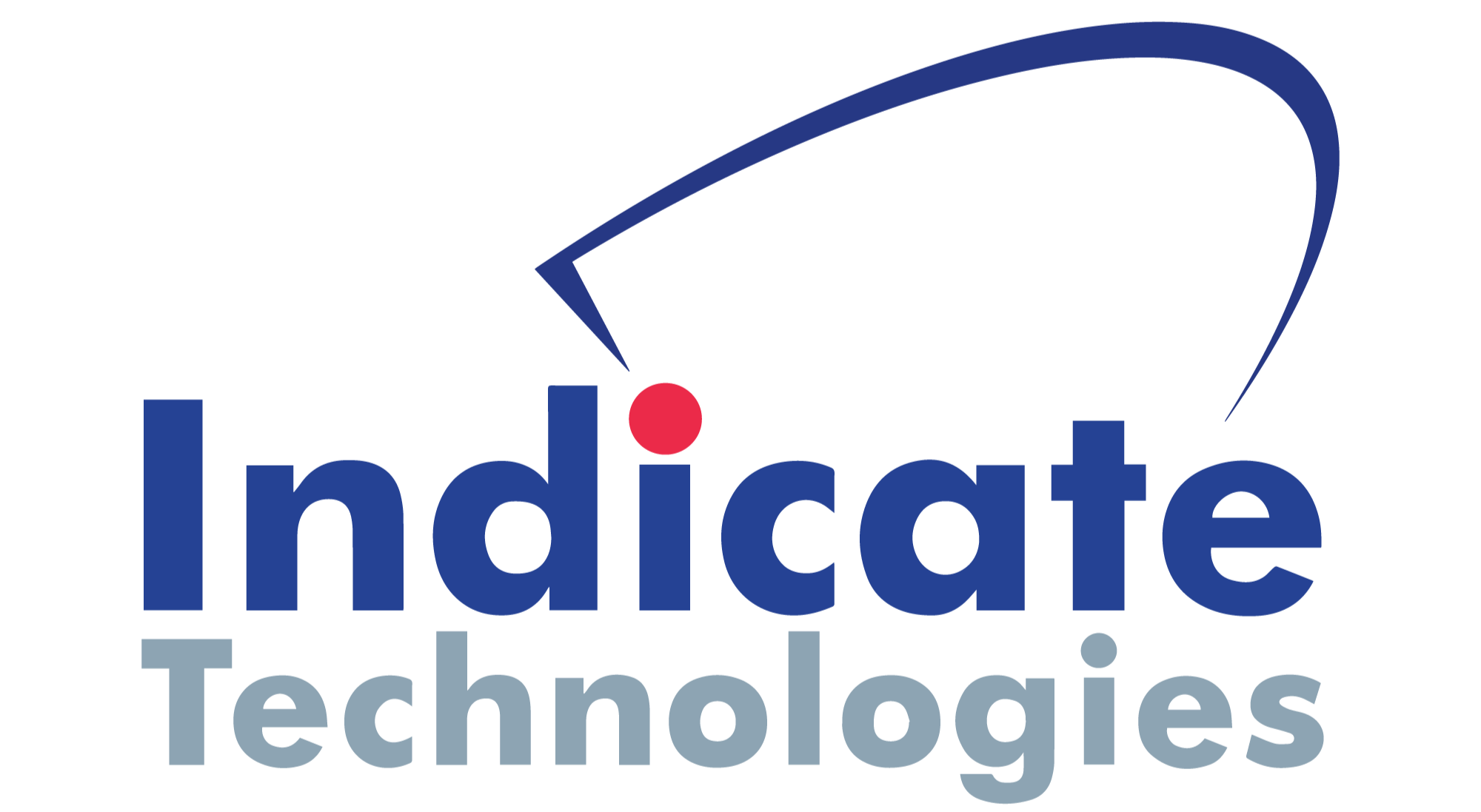SLA 3D printing operates on the principle of photopolymerization, a process by which light causes chains of molecules to link together, forming polymers.
An introduction to
Stereolithography (SLA)
Stereolithography (SLA) is a form of 3D printing technology that is widely recognized for its precision and ability to produce high-quality, detailed parts. Developed in the 1980s by Chuck Hull, who also founded 3D Systems, SLA was one of the first additive manufacturing technologies to be commercialized.
How SLA 3D Printing Works
Here’s a step-by-step overview of the SLA process:
Design Creation: A digital 3D model is created using computer-aided design (CAD) software.
Slicing: The 3D model is sliced into thin layers by a slicing software, creating a file that guides the printer.
Resin Tank and Build Platform: The printer has a tank filled with liquid photopolymer resin and a build platform that moves vertically.
UV Laser: A UV laser selectively exposes the resin to light, solidifying it layer by layer according to the sliced design.
Layer Formation: After one layer is cured, the build platform moves up or down (depending on the printer) to allow the next layer of resin to be cured.
Post-Processing: Once printing is complete, the part is usually rinsed in a solvent to remove excess resin and then cured further in a UV oven to enhance its mechanical properties.
Advantages of SLA
High Resolution and Precision
SLA can produce parts with fine details and smooth surfaces,
making it ideal for applications requiring tight tolerances.
Versatility in Materials
A variety of photopolymer resins are available, each offering different properties such as flexibility, strength, and thermal resistance.
Speed
Compared to some other 3D printing methods, SLA can be relatively fast, especially for small to medium-sized parts.
Prototyping and End-Use Parts
SLA is excellent for rapid prototyping and can also be used to produce end-use parts, especially in industries like dental, jewelry, and medical devices.
Formlabs
3D Systems
Form 4
Together with the versatile Formlabs materials catalog, Form 4 and its biocompatible version Form 4B unlock new opportunities for innovation and production. With up to five times faster print speeds than previous Form 3/B printers and a 30% larger build volume, Form 4/B is the next step forward for resin 3D printing.
Resin
The resins used in SLA (Stereolithography) 3D printing are specialized photopolymer materials that cure and solidify when exposed to specific wavelengths of light, typically ultraviolet (UV) light. These resins are designed to offer a variety of mechanical, thermal, and aesthetic properties to suit different applications.
Basic Photopolymers - These resins are the most common and are designed for general-purpose use. They typically offer a good balance of mechanical properties and ease of use.
Tough Resins - Formulated to produce parts that require high impact resistance and durability, tough resins mimic the mechanical properties of ABS plastic.
Flexible Resins - These resins produce parts that are bendable and elastic, similar to rubber or TPU (Thermoplastic Polyurethane). They are ideal for applications like gaskets, seals, and ergonomic grips.
Castable Resins - Specifically designed for investment casting, these resins burn out cleanly without leaving ash, making them ideal for jewelry and dental applications.
High-Temperature Resins - These resins can withstand high temperatures and are used in applications that require thermal stability, such as molds for injection molding or automotive under-the-hood components.
Biocompatible Resins - Certified for use in medical applications, these resins are used for creating dental models, surgical guides, and custom prosthetics.
Applications
Prototyping - Ideal for creating prototypes that require fine details and smooth finishes.
Dental and Medical - Used for creating custom dental models, surgical guides, and hearing aids.
Jewelry - Enables the production of detailed jewelry molds.
Engineering and Manufacturing - Suitable for making small, intricate parts and components for various engineering applications.




